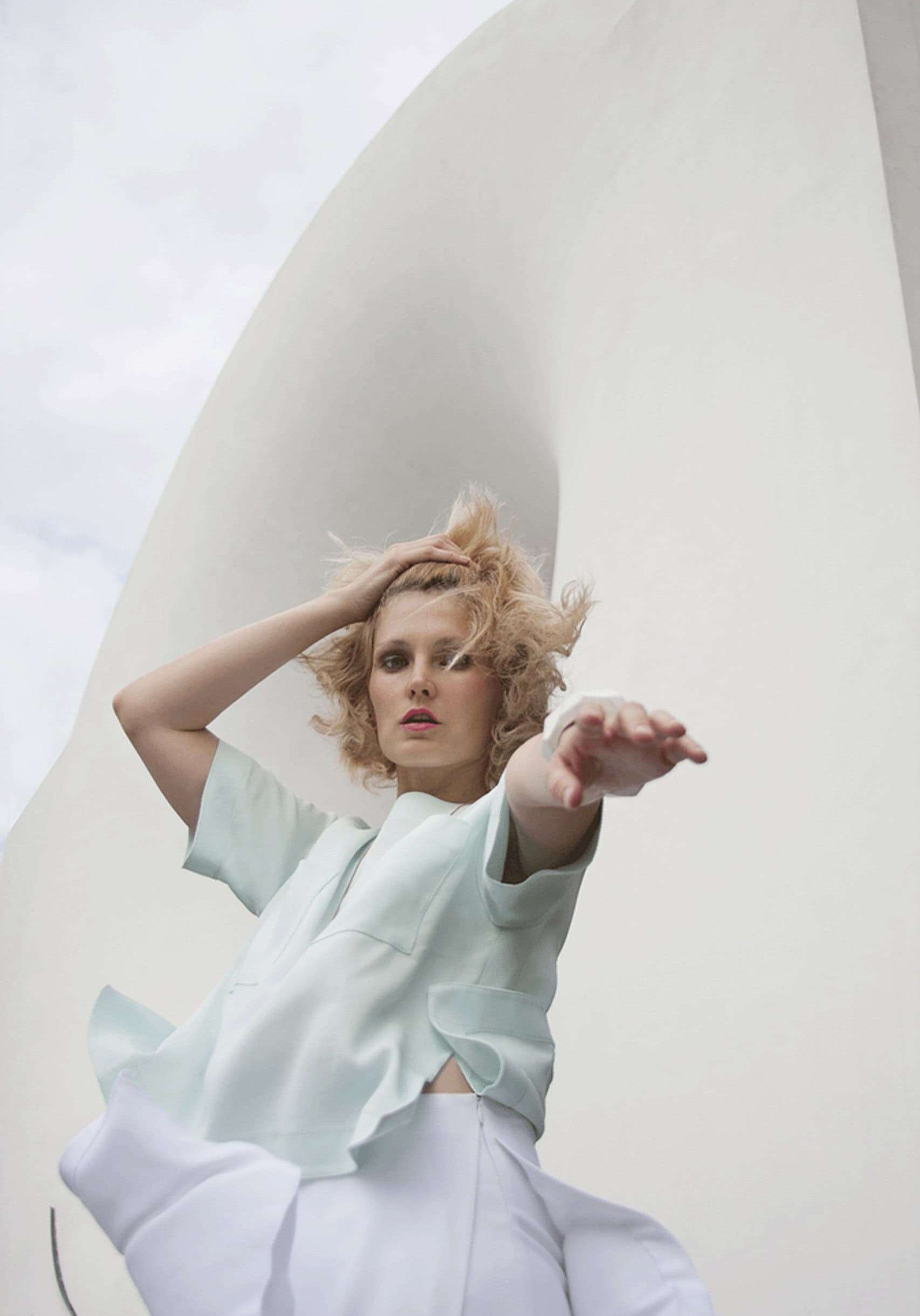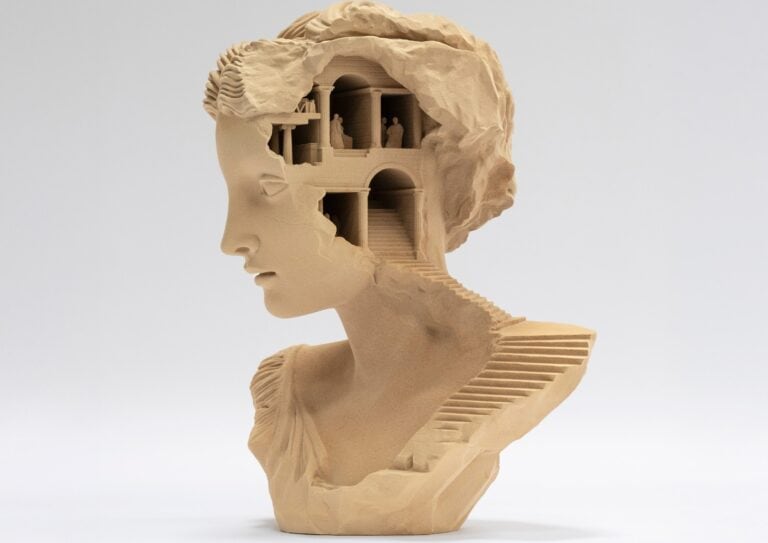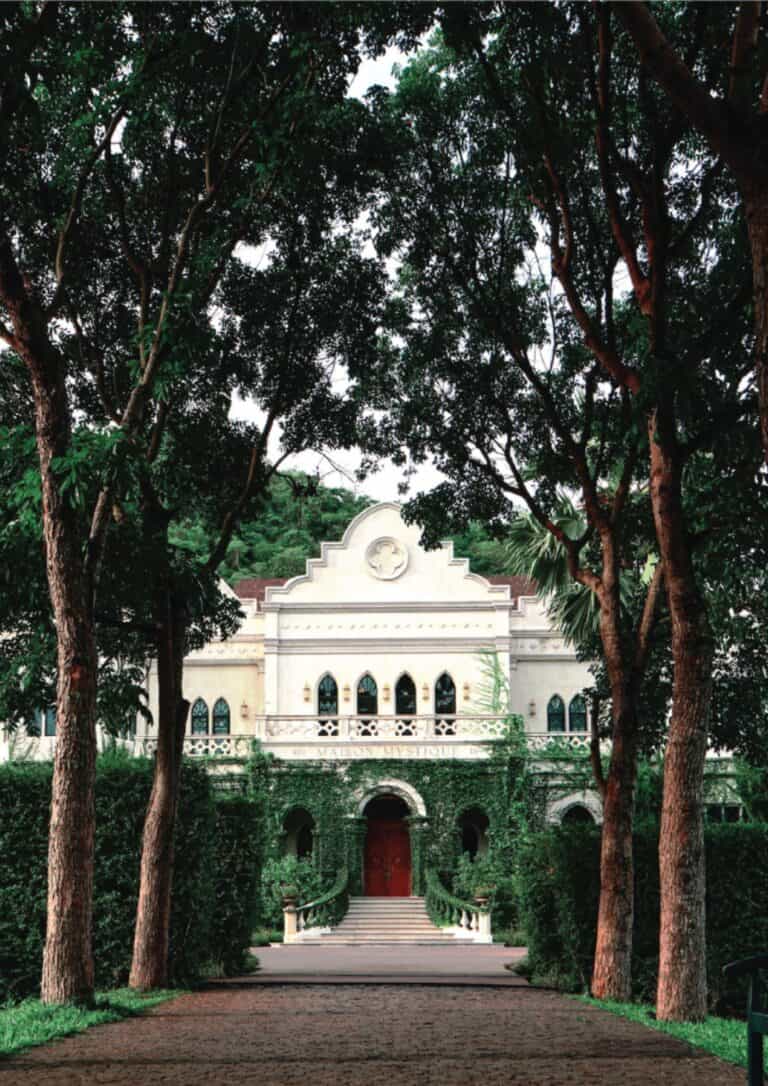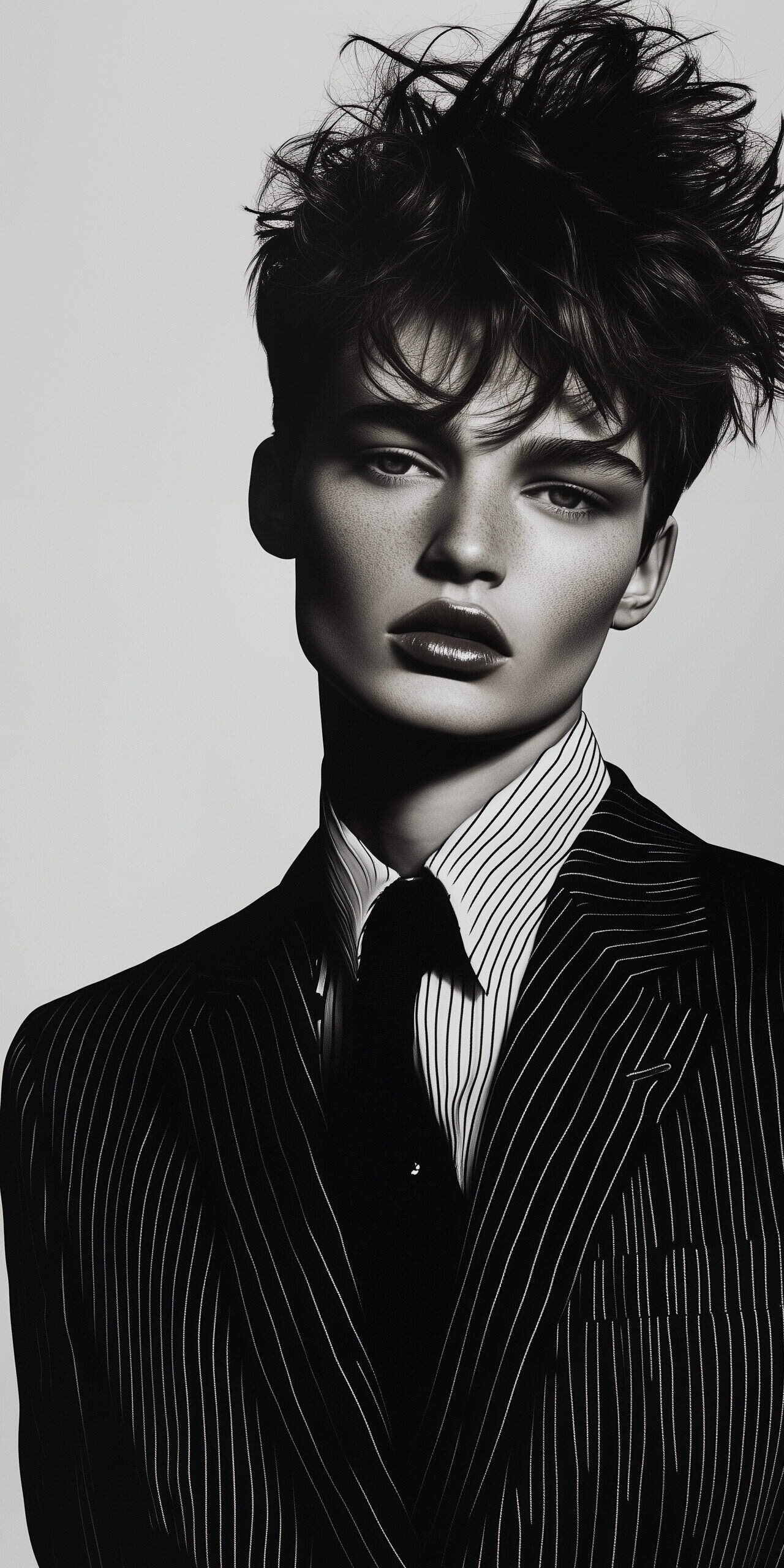
HISTORY OF THE PINSTRIPE SUIT
Mia Macfarlane
HOW STRIPES BECAME A STATEMENT
The history of the pinstripe suit is stitched with power, rebellion, and reinvention. Once worn by bankers and businessmen, it now signals authority and personal style across genders and generations.
Pinstripes From London Banks to Wall Street
To begin with, pinstripes first appeared in 19th-century London as subtle branding for financial institutions. Each bank had its own version of the stripe. This quiet detail signified control, order, and class distinction. Eventually, pinstripes crossed the Atlantic and became iconic on American men—especially politicians, gangsters, and Wall Street giants. As a result, the pattern became synonymous with power and status.
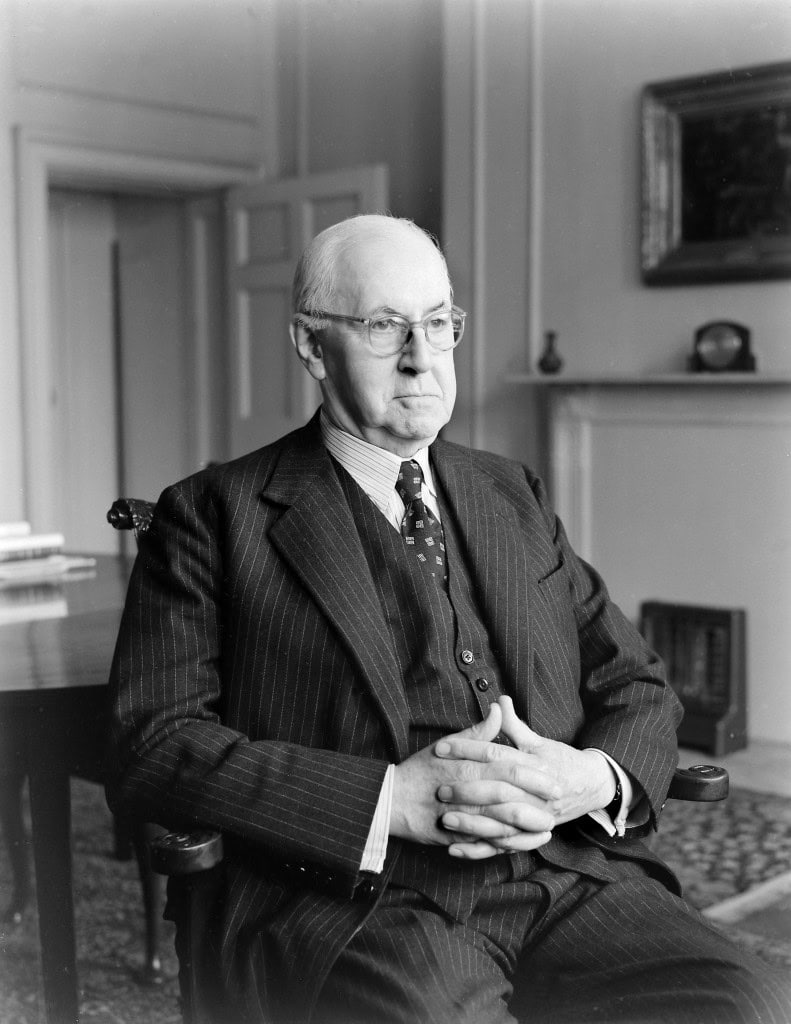
Hollywood Blurs the Lines
In the 1930s and ’40s, screen legends like Marlene Dietrich and Katharine Hepburn flipped the script. When Dietrich wore a tuxedo, she did more than break a norm—she created a new one. In fact, her tailored looks blurred gender lines and turned pinstripes into something bold and magnetic. These weren’t just costumes; they were quiet revolutions in fabric form. Consequently, the suit began to take on a life of its own.
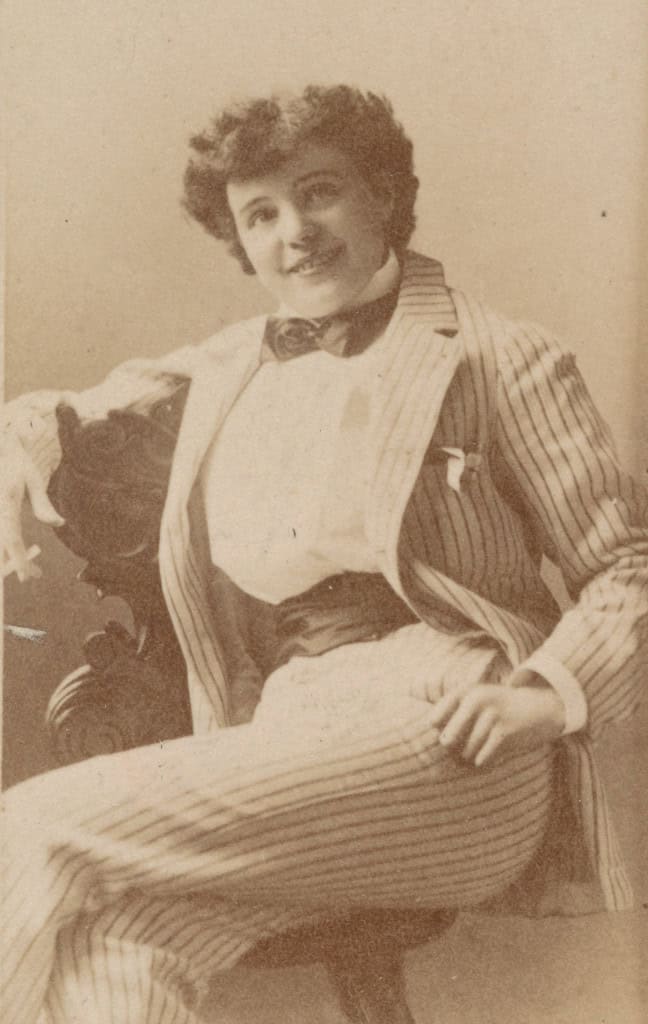
American, The Metropolitan Museum of Art, New York, The Jefferson R. Burdick Collection, Gift of Jefferson R. Burdick
Power Dressing Takes Over
Fast-forward to the 1980s, and pinstripes became the unofficial uniform of the working woman. As more women entered male-dominated spaces, they reached for sharply cut suits with broad shoulders and bold stripes. Designers like Giorgio Armani and Thierry Mugler embraced this shift. Their runways filled with commanding silhouettes that echoed confidence. Films like Working Girl captured the moment perfectly, making the pinstripe suit a pop culture icon.
Pinstripes in the Present
Today, pinstripes are experiencing a fresh revival. This time, they’re not limited to office attire. Instead, designers like Stella McCartney and Alexander McQueen are reimagining pinstripes in oversized blazers, flowing dresses, and even jumpsuits. Furthermore, the new pinstripe isn’t tied to one gender or identity. Fashion has moved beyond binary codes, and so have the stripes. They’re inclusive, expressive, and unafraid to make a statement. In the modern chapter of the history of the pinstripe suit, the pattern has evolved from rigid gender codes to a flexible form of self-expression.
Why It Still Matters
Today, a woman in a pinstripe suit doesn’t wear it to fit in—she wears it to stand out. She claims her presence. She reclaims the narrative. What began as a symbol of conformity has become a tool of transformation. Every stitch tells a story of evolution—from stiff boardrooms to bold catwalks. Fashion, after all, reflects culture. And culture is always shifting.
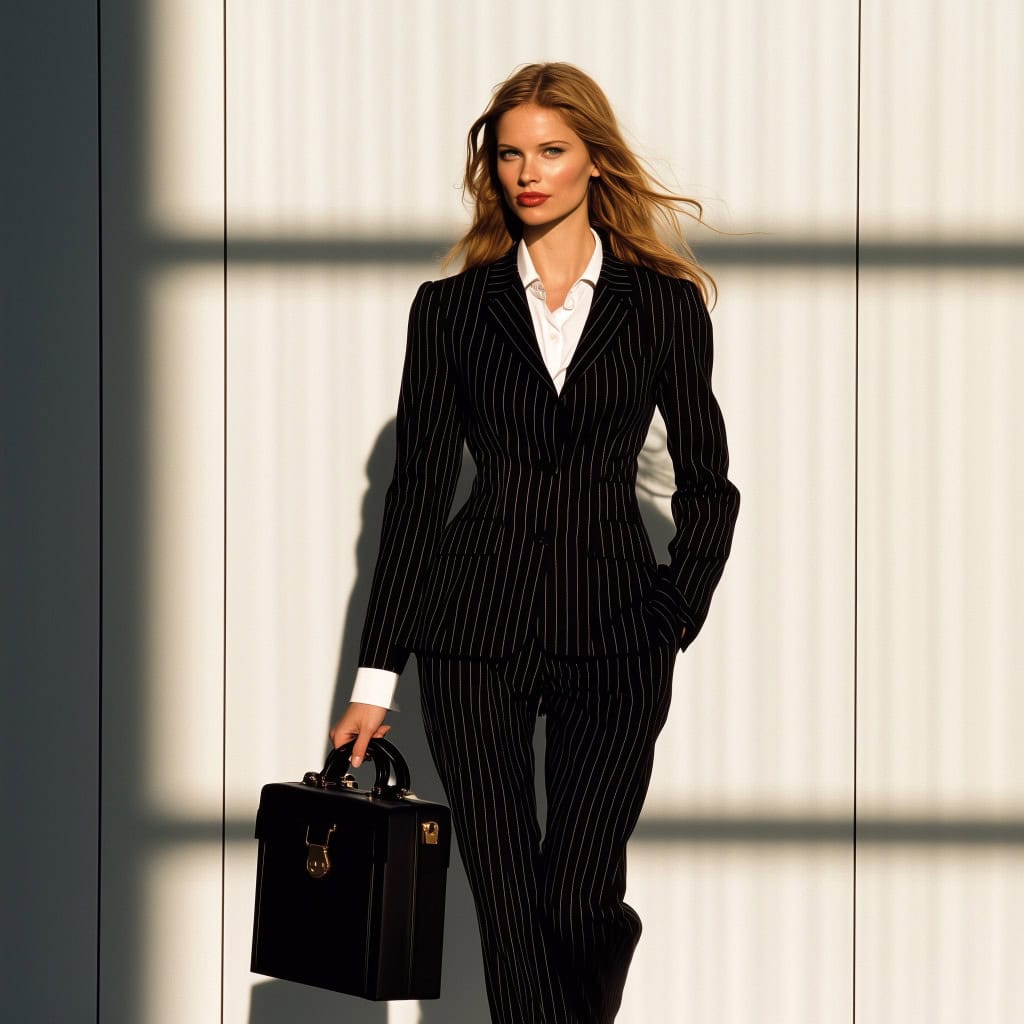
Conclusion: Stripes of Strength
From banking halls to Hollywood sets and global runways, pinstripes have seen it all. They’ve suited up for tradition, rebellion, and reinvention. In the hands of today’s designers and wearers, they continue to speak—but now they say something new.
Pinstripes are no longer about following rules. They’re about rewriting them.
Share this post
One day when I was barely two my mom let me push her out of her bedroom. She was curious so she ran outside the house so she could watch me through the window. I climbed up on a chair by her vanity and started putting on her makeup. I loved playing dress up as a kid. Putting on my mom's sequin tube tops and high heeled shoes and then putting on a dance show in the lobby or the restaurant of the hotel/residence we lived in. It was the best childhood ever. Dress-up, dancing, playing with barbies, and drawing were my favorite things to do. I have not changed one bit today. If I am creating I am happy.
Now I am in Paris for the second time in my life and I am having a ball playing with my partner in crime Julien Crouigneau. We founded IRK Magazine together in 2015 and we are proud to collaborate with some amazing artists, and influencers.
We are also a photography duo under the pseudonym French Cowboy. We love to tell stories and create poetic images that are impactful.
Read Next

